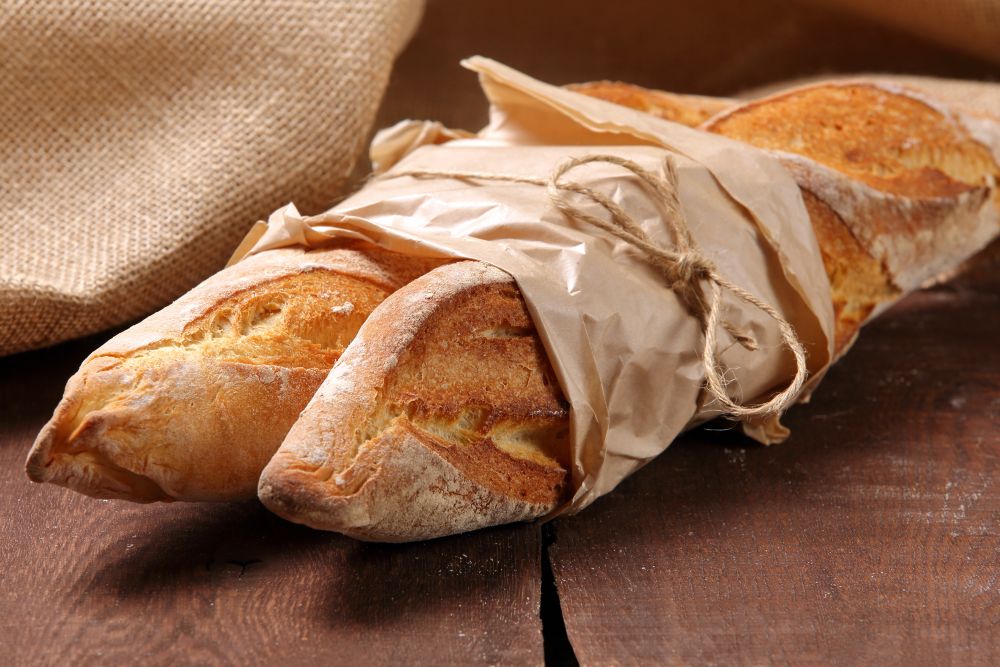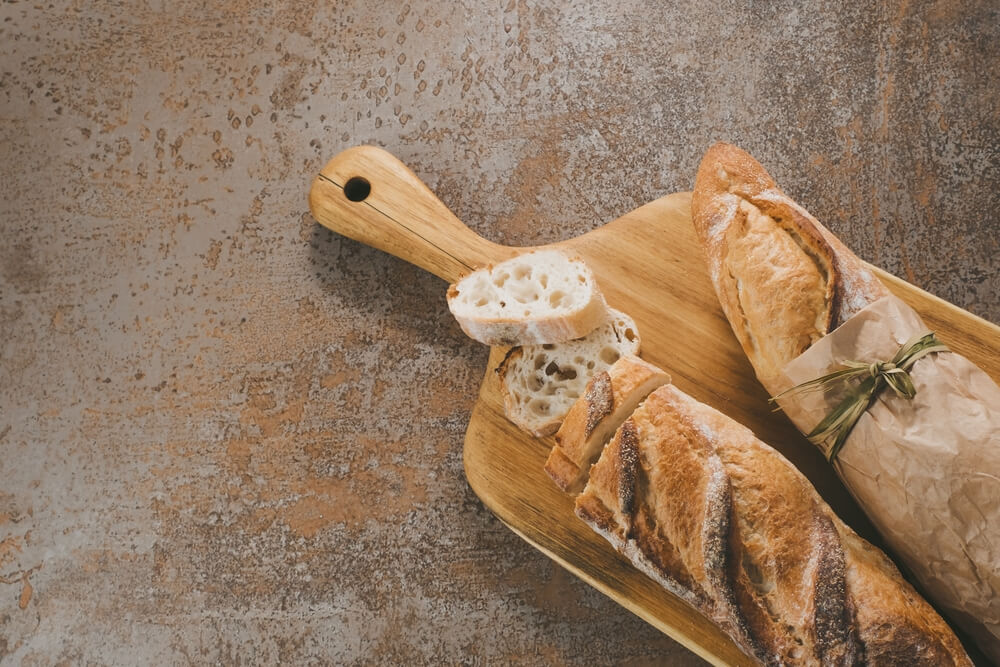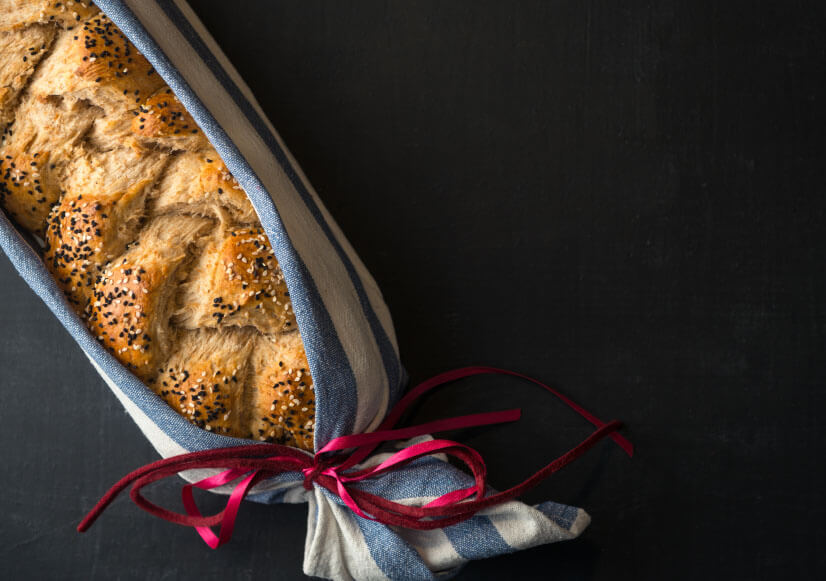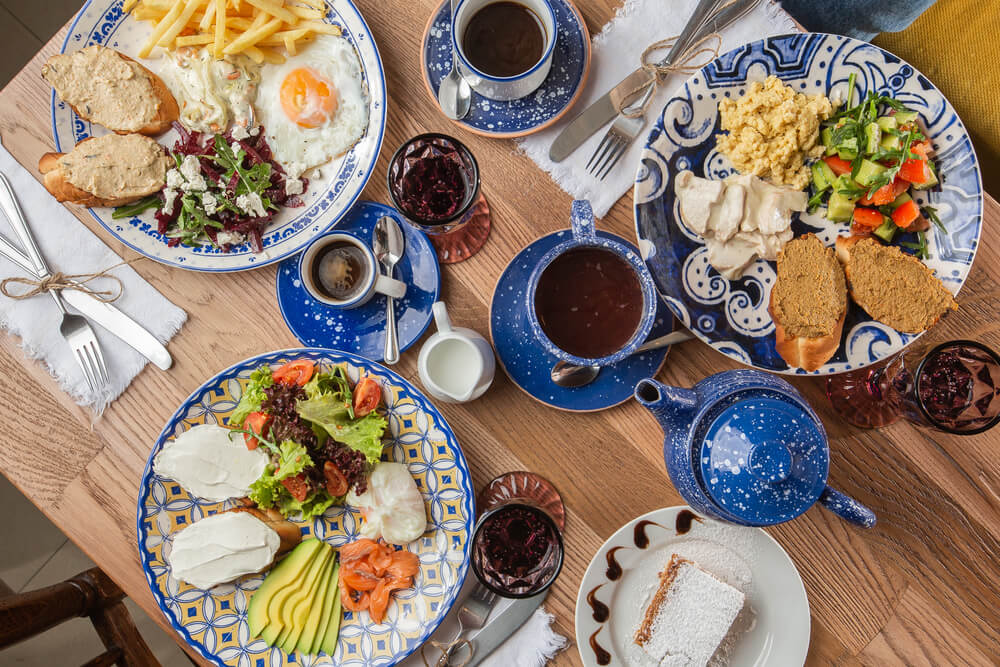Baguettes – commonly referred to as French sticks – are a wonderful (and delicious) bread product that can be used in a variety of ways. They have a gorgeous, crispy crust and a light and fluffy inside that gives you the perfect contrast of crunch and flavour. Best of all, you don't need to be a seasoned baker to craft the perfect baguette – all you need is the right ingredients and tools, and you’re set to create your very own loaf at home.
How are baguettes made?
The ingredients for making a baguette are extremely simple. Basically all you need is flour (French flour is best, but ordinary will do the job), water, salt and yeast. Perfecting the art is not as simple and it may take many, many attempts before you get a result you are satisfied with, but practice makes perfect. Oh, and patience is key.
The crust is achieved by creating a polish out of yeast and water which should be left for up to 15 hours to ferment. This mixture is then combined with the flour and salt to create a dough that needs time to rest and rise in dedicated bannetons. This allows the shape to form correctly into those luscious, long rolls with those iconic patterns on the crust.
How do you knead the dough for a baguette?
Here’s the thing with kneading dough. Some of the common methods you might read about are not thateffective, especially when you’re trying to nail down the perfect baguette. One of those techniques involves sprinkling flour over the dough while kneading to ensure it has the right consistency. What you won't see, though, is that this flour gravitates towards the outside of the dough and you are actually encouraging inconsistency and dryness where you don’t want it.
Another thing you may not have heard is that you should really, reallygive it to the dough. As in, give it your all. One option is called the crash technique and it involves lifting the dough and smashing it back onto the kneading board repeatedly. This helps it absorb water better, creating a more even consistency.
Can you over-knead baguette dough?
You can and the end results are not fantastic. When you over-knead the bread it will become way too sticky and chewy and all of that beautiful fluffiness from a French stick will be totally absent.
When you think your dough is ready, stretch it between your fingers. If it does so nicely and remains thin, intact and slightly translucent, then your mixture is ready. If it tears, more kneading is required. Learning to get the dough to that perfect point where it first stretches is the key to a proper baguette.
How do you make baguettes without a special pan?
Guess what? Baguette pans aren’t used in France. You can use a baking stone or unglazed quarry tiles instead, allowing you to achieve the same crispy crust without the need for a dedicated pan.
What you will need, though, is a banneton. These are specialised baskets used to shape the dough and also create unique patterns on the outside as well. You place the mixture into these bannetons during the proofing process, and they will assist you in getting the perfect crust every time. Seriously – your loaf will be the envy of the dinner table.





